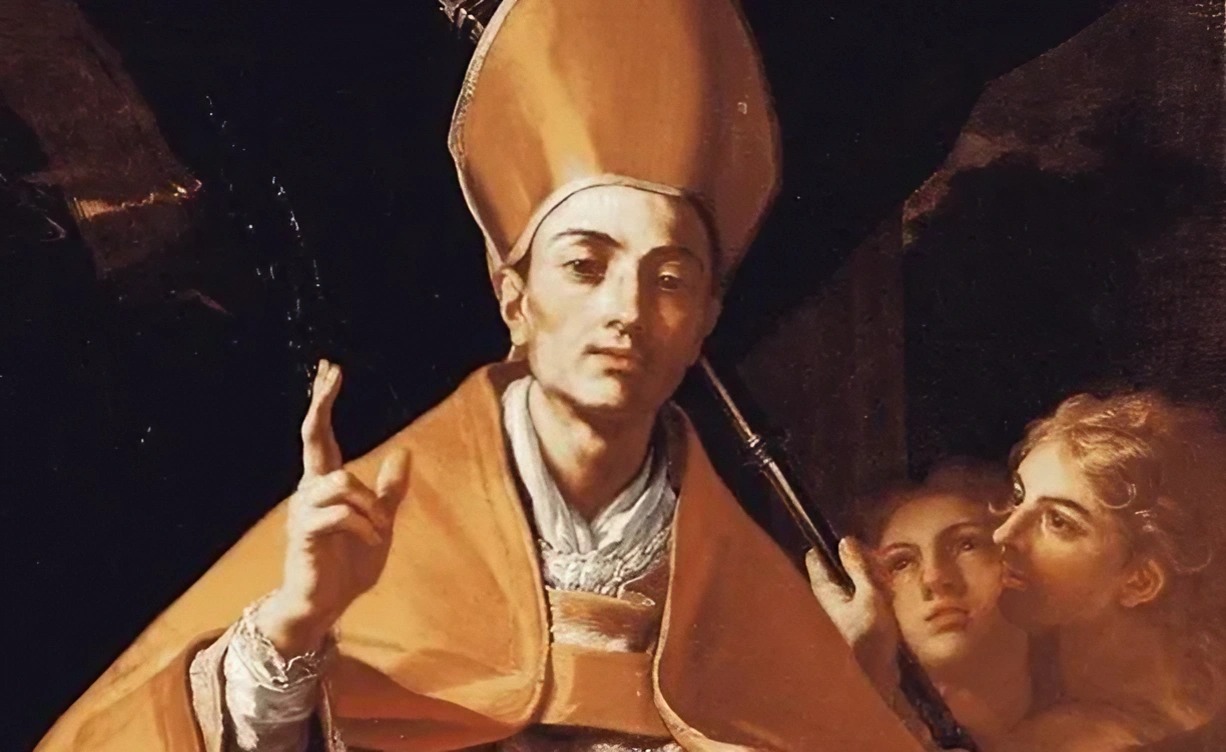Every year, the eyes of Naples and the whole world rest on the city's cathedral, hoping for a prodigious one transformation. We are talking about the ritual of the liquefaction of the blood of San Gennaro, an event as dull as it is shrouded in faith and tradition. Well, the magic happened again. But what does this custom mean for the Neapolitan city, and who were the prominent figures present at today's event?
Today's miracle, September 19th, how did it go?
At 9 this morning, the Archbishop of Naples, Domenico Battaglia, revealed to the faithful who had gathered the liquefaction of the blood of the saint.
The moment was full of emotions and spiritual meanings, interpreted as a positive omen not only for Naples, but for the entire Campania region.
Just opened the safe, the contents of the ampoule has changed status, confirming the perpetuation of a thousand-year bond between the saint and his city.
Who was present at today's miracle
Among the notable bystanders were Gaetano Manfredi, mayor of Naples, e Vincenzo De Luca, president of the Campania Region. The presence of these institutional figures underlines the importance that the miracle has both from the point of view religious and socio-cultural.
San Gennaro di Troisi and Lello Arena
What are the dates of the miracles of San Gennaro?
It is not only September 19th that is an important date in the saint's calendar. There are two other occasions in the year in which the faithful can witness this extraordinary event: the previous Saturday the first Sunday of May and December 16th. During these dates, the cathedral and chapel are filled with people praying, eager to be witnesses of the miracle.
Here are the 3 dates:
- First Sunday of May
- 19 Settembre
- 16 December
The history of San Gennaro in brief
Born in Naples in the XNUMXrd century and later elected bishop of Benevento, San Gennaro was martyred for his Christian faith. During his martyrdom, a noblewoman named Eusebia collected his blood in two vials.
From that moment, the relics of the saint became object of veneration and pilgrimage. His story is intertwined with dramatic events such as volcanic eruptions and earthquakes, during which the citizens of Naples sought and found comfort in his intercession.


